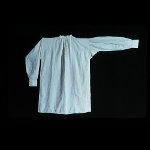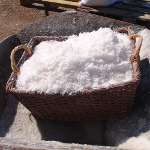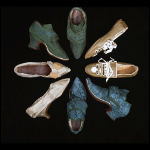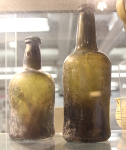Artifact: Nails
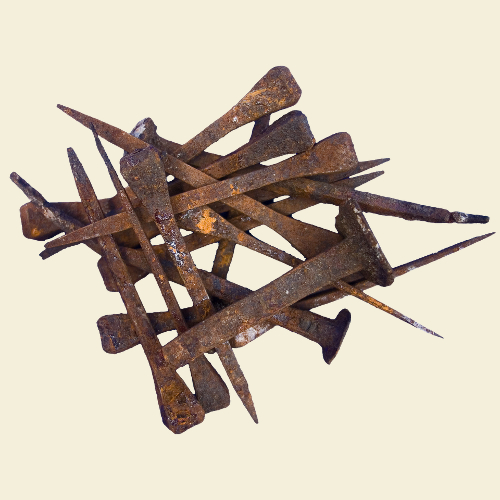
Materials: Nails
Dimensions:
Date:
Origin:
Collection: Macarthur via Pixabay
License: CC0 Public Domain
Ledger Entry: Nails

Department: Building
Customer: Gaven Lamphier
Ledger Page: 286
Imported From: While nails were frequently made by local blacksmiths, they were also imported from British production centers, such as Birmingham.
Product Description
Nails were small, hand-wrought pieces of metal used to secure two or more pieces of wood or other materials together. At the beginning of the eighteenth century, even these items were relatively rare in homes. As with other types of building hardware, the more a home made use of things like nails, the wealthier the inhabitants. Nails could vary drastically in their size and shape, though they were always much longer than they were wide. Machine-made nails appeared toward the end of the eighteenth century and expanded during the beginning of the nineteenth century. These allowed for hinges, locks, and other features to be even more neatly tucked away.
Citation: Cary Carson & Carl R. Lounsbury, ed., The Chesapeake House: Architectural Investigation by Colonial Williamsburg (Chapel Hill: University of North Carolina Press, in association with the Colonial Williamsburg Foundation, 2013).; Gabrielle M. Lanier & Bernard L. Herman, Everyday Architecture of the Mid-Atlantic: Looking at Buildings and Landscapes (Baltimore: Johns Hopkins University Press, 1997).
Historical Price: 18 pence for 200; Modern USD: $16.8
Product Variations
The databases record sixty-eight purchases of nails of various types and sizes. Many purchases were made by the weight of nails (approximately 1000), others by quantity ranging from two hundred to sixteen hundred. Nails were distinguished by size and weight. In price, these varied from eight pence for two-hundred nails to four shillings six pence for two weight of nails.

